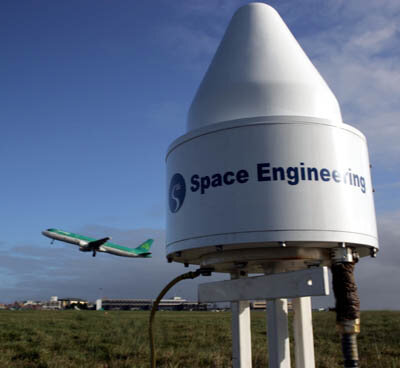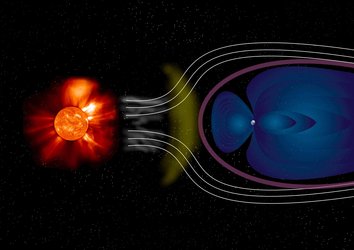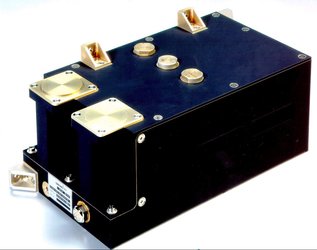Work begins on strengthening EGNOS against solar storms
Europe’s EGNOS satnav augmentation service, employed for an ever-increasing range of uses such as guiding aircraft landings, will be strengthened against the effects of solar storms and its design ‘future-proofed’. The new work order was signed on Friday.
The European Geostationary Navigation Overlay Service (EGNOS) uses geostationary satellites and a Europe-wide network of ground receivers to sharpen the accuracy and reliability of US GPS signals over the continent.
EGNOS signals are potentially vulnerable, however, to the effects of high solar activity on the ionosphere – the electrically active upper layers of our atmosphere – which can cause signal ‘scintillations’ and time delays.
And an increase in solar storms is being experienced as the Sun enters the active phase of its 11-year cycle.

This new effort will increase system robustness and service availability against severe ionospheric severe effects that began last year and are expected to continue until the peak of the solar cycle expected in 2013–14.
In addition, while EGNOS began its general service in 2009 and its ‘Safety-of-Life’ signal for aircraft vertical landing approaches became available a year ago this month, the overall system was designed almost a decade ago, so work is also needed to upgrade elements of its communication system to manage technology obsolescence.
The work order also covers planned EGNOS mission evolution, including keeping pace with GPS modernisation, provision of vertical guidance for aircraft landings and extending the EGNOS network to cover North Africa and the Middle East.
This new work order is part of a framework contract signed with Thales Alenia Space France in May 2011.
About EGNOS

Along with Galileo, EGNOS is the other pillar of Europe’s navigation programme. ESA designed the EGNOS system in cooperation with the EC and Eurocontrol.
EGNOS informs users about the current accuracy and integrity (level of reliability) of the system based on the GPS satellites’ orbits, atomic clock accuracy and ionospheric delay.
If the accuracy of the signal falls below a given threshold, users are warned within six seconds.

EGNOS is designed against international standards set by the International Civil Aviation Organisation and its development was coordinated with other satellite-based augmentation systems around the world: MSAS in Japan, WAAS in the US, and GAGAN in India.
EGNOS began general use in 2009 – when its control was turned over to the European Commission to be run on a day-to-day basis through the European Satellite Services Provider company, based in Toulouse. The EGNOS Safety-of-Life signal was declared available for aviation in March 2011.
ESA is now acting as the design and procurement agent on behalf of the EC for all major EGNOS system changes throughout its operational lifetime, as well as preparing for the next-generation EGNOS expected around 2020.











